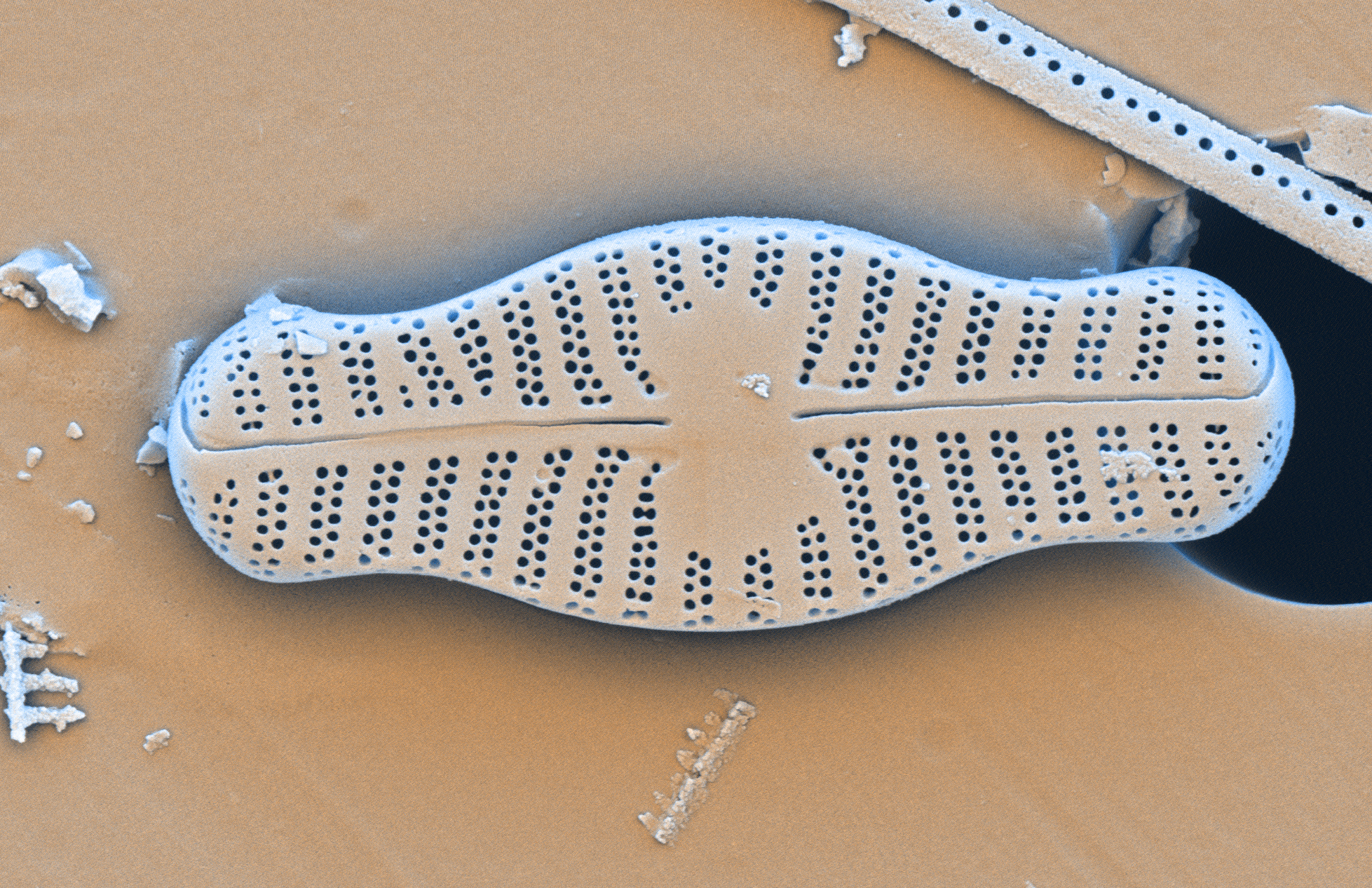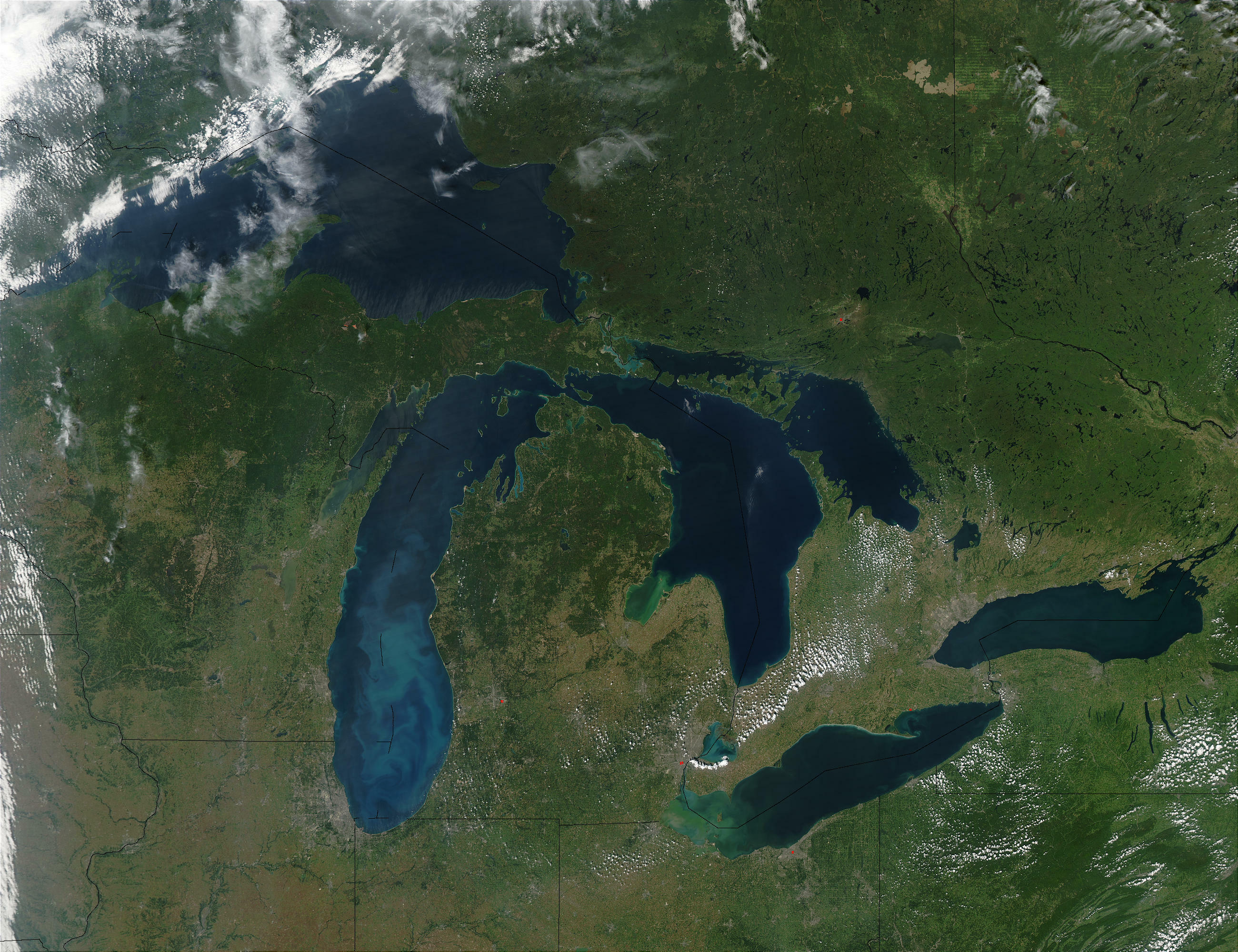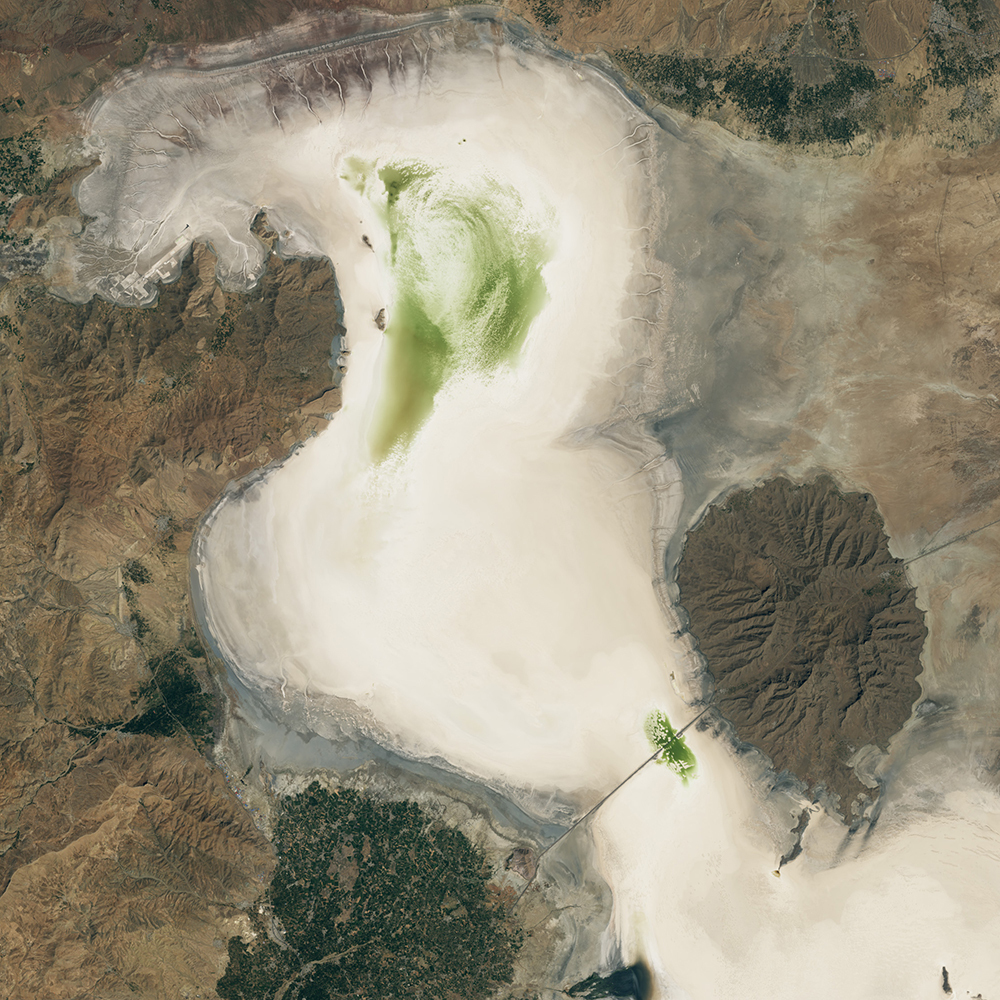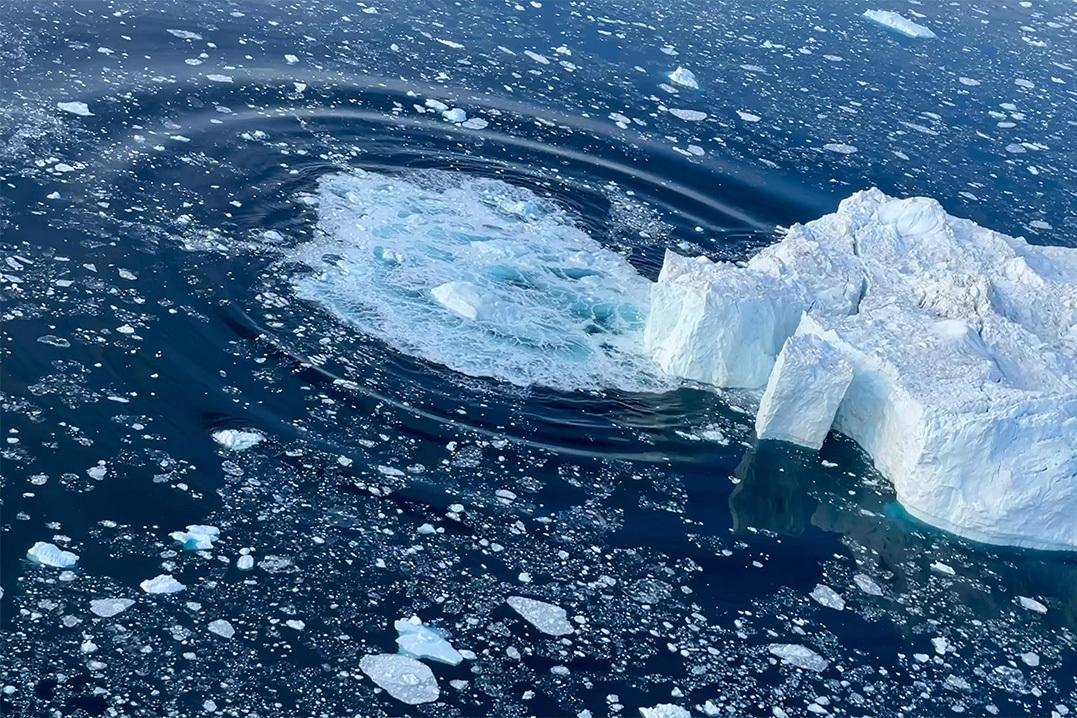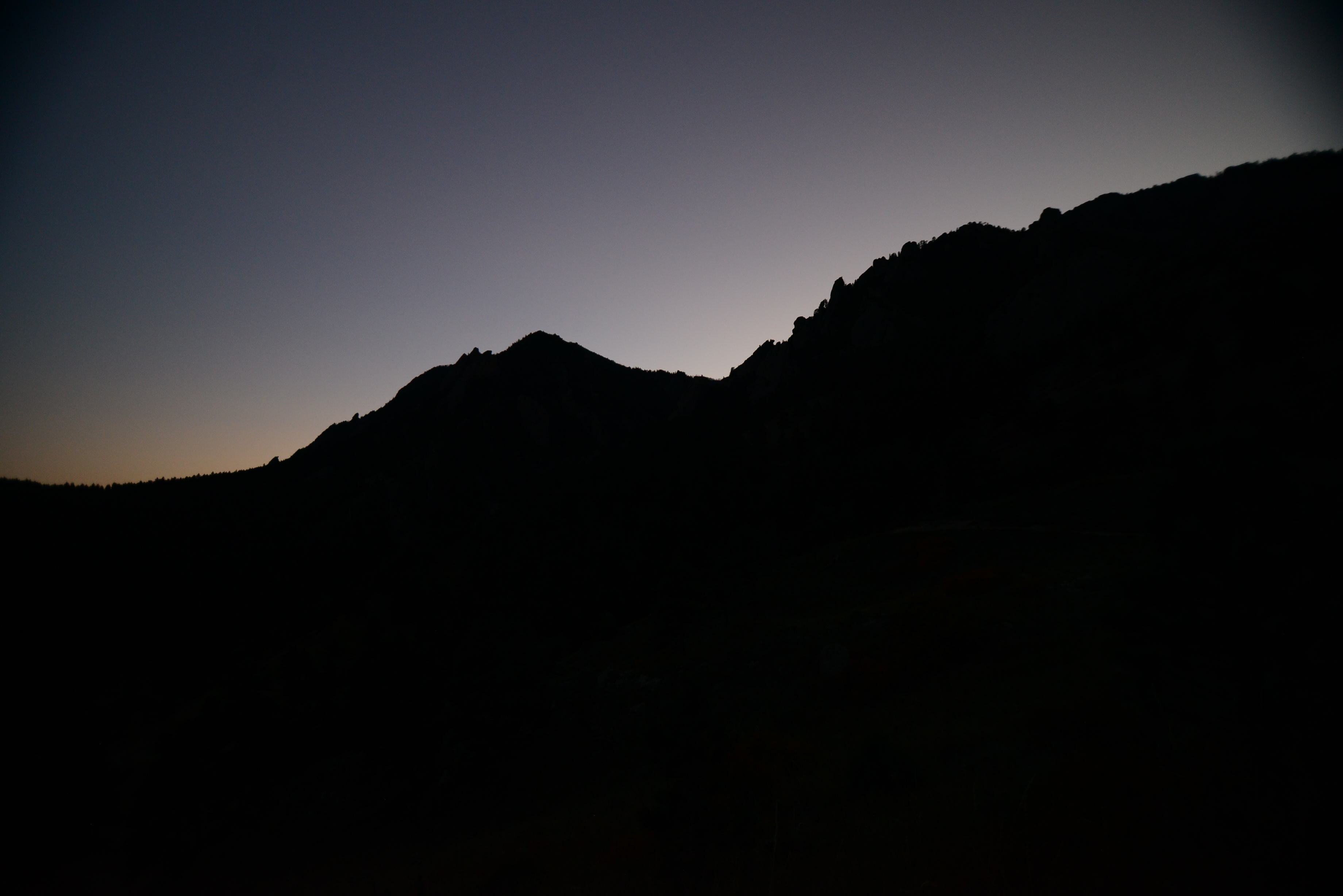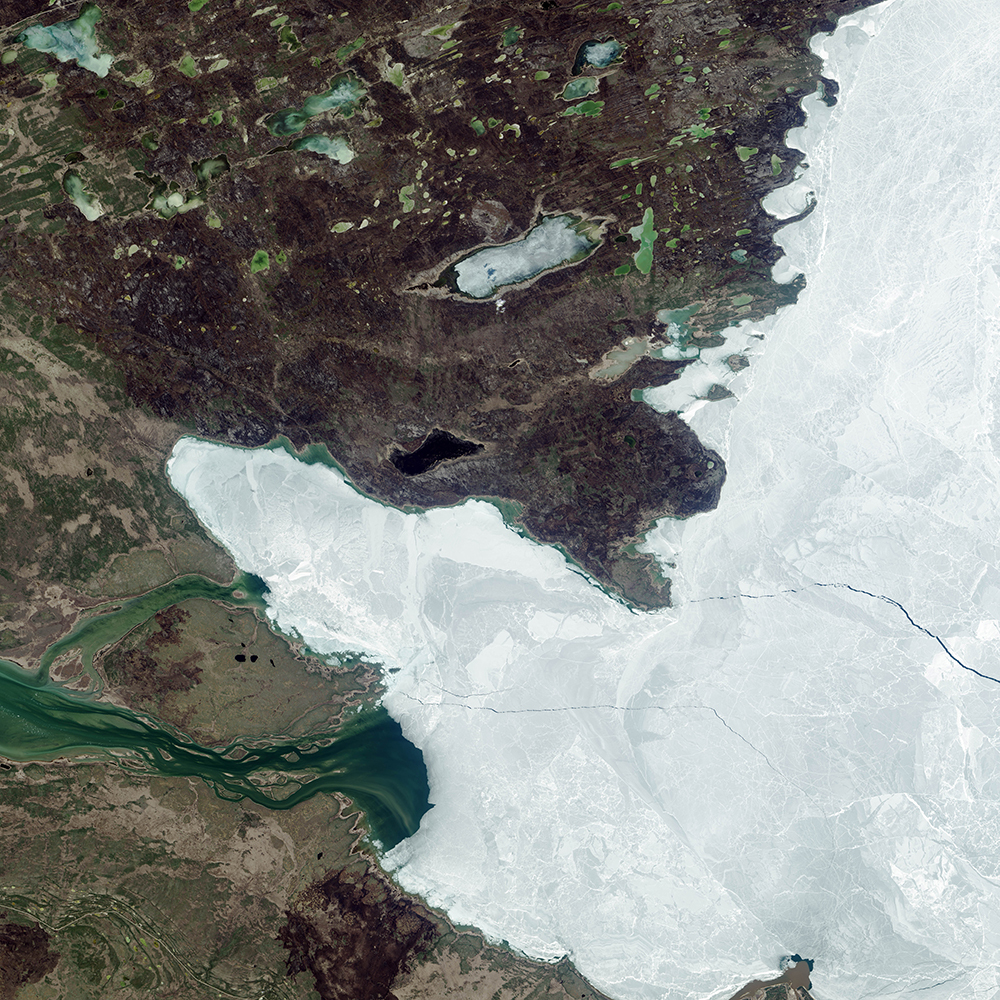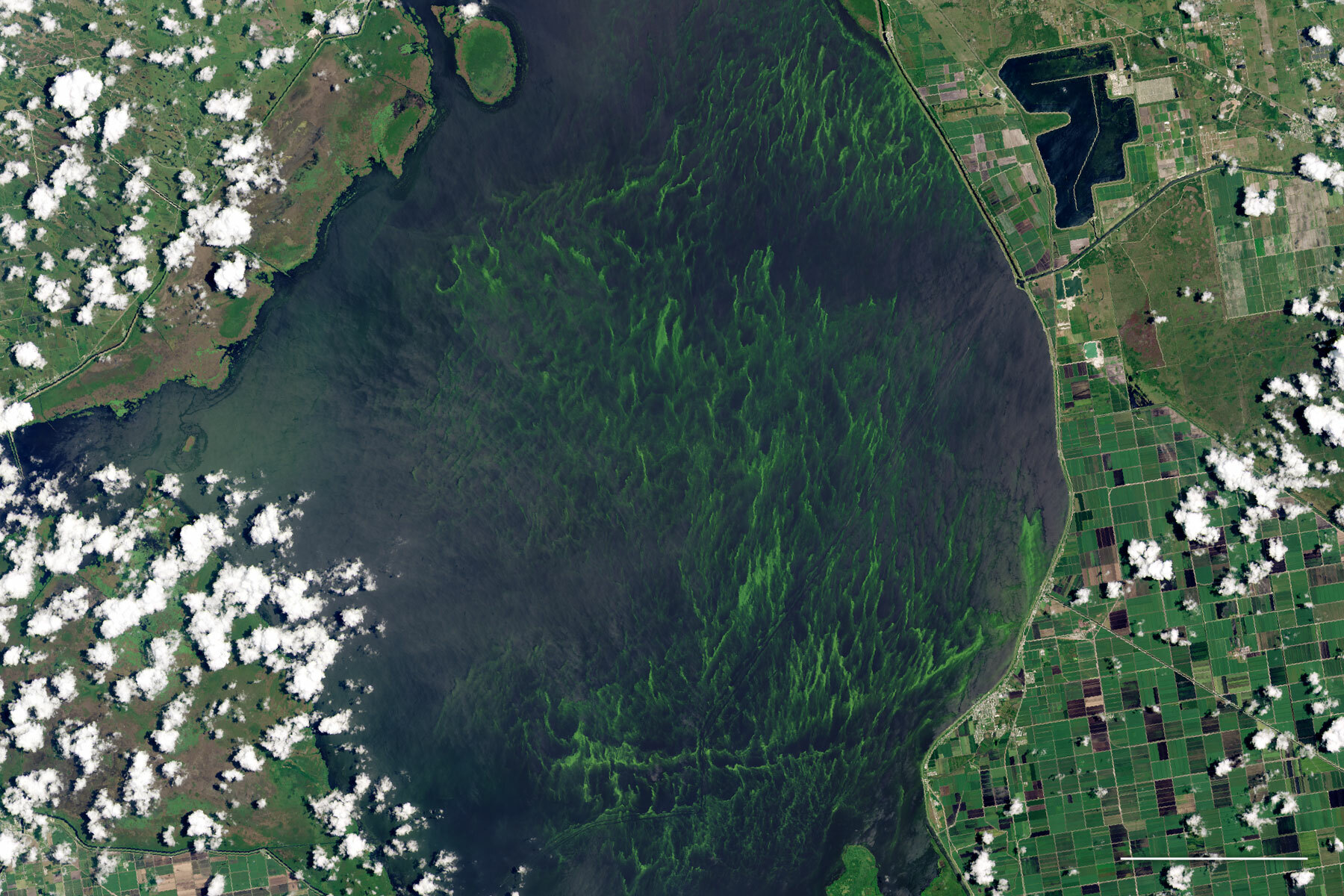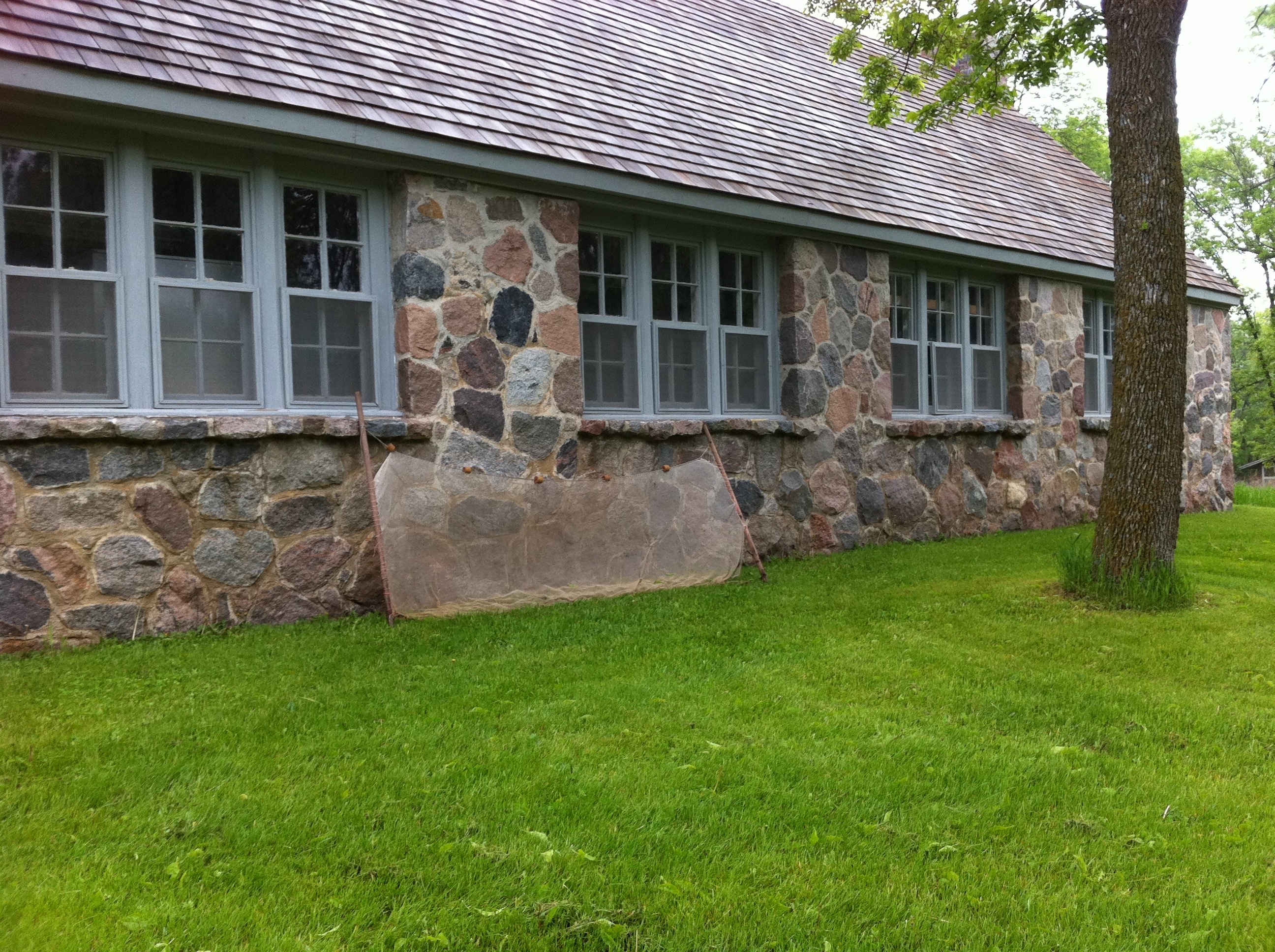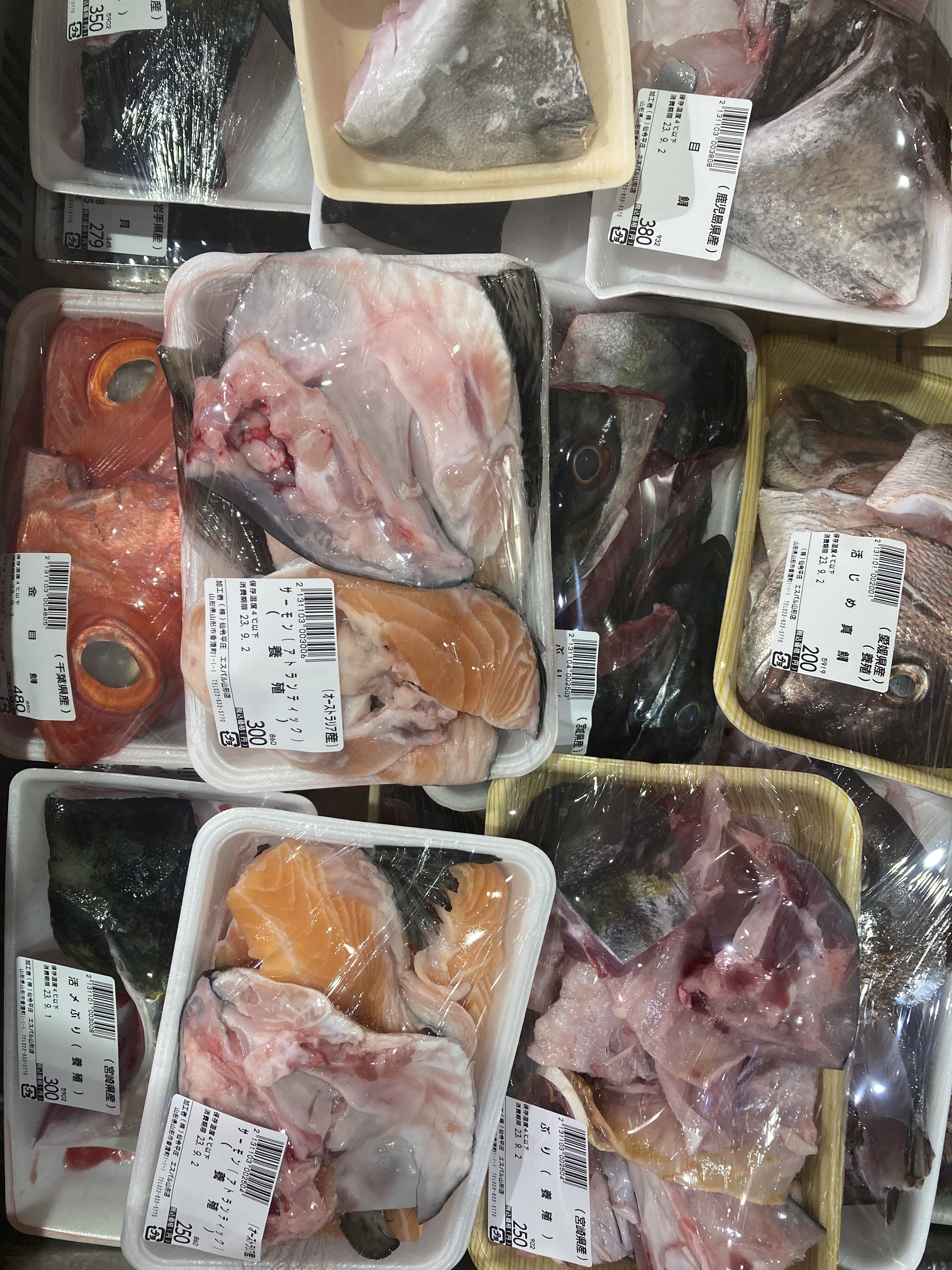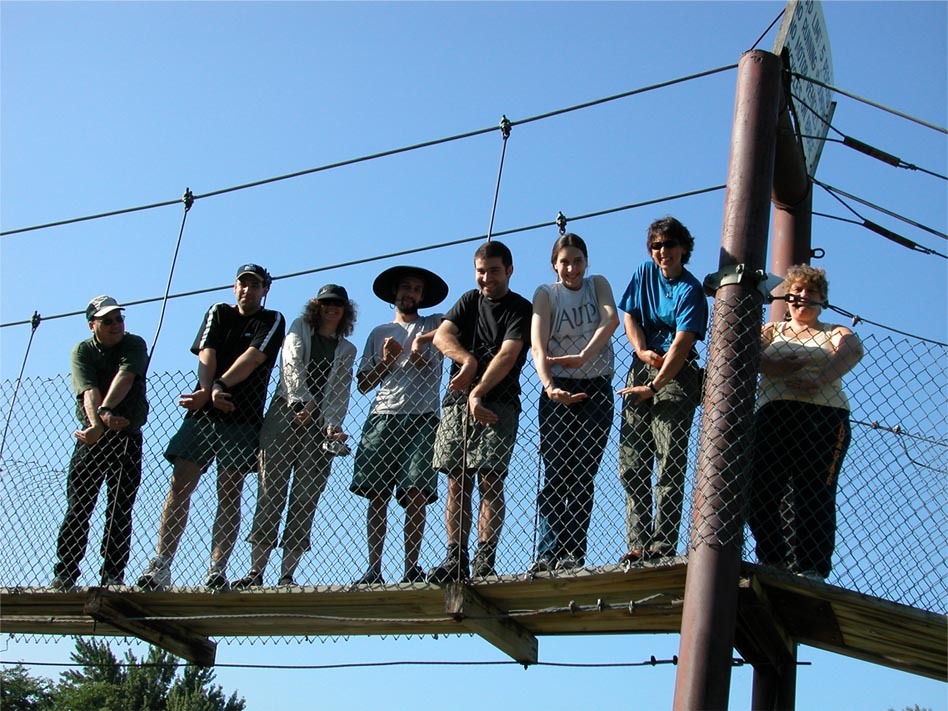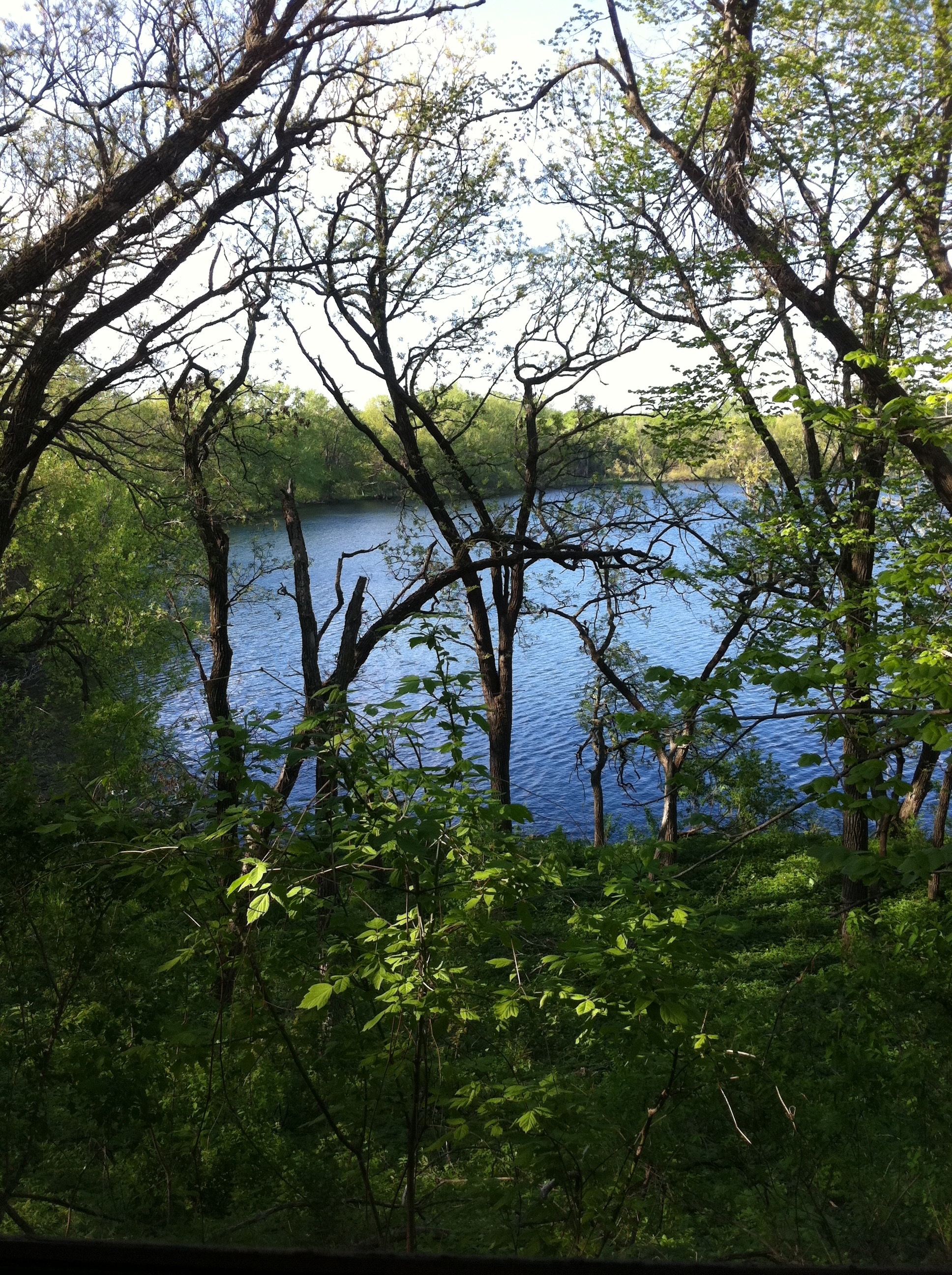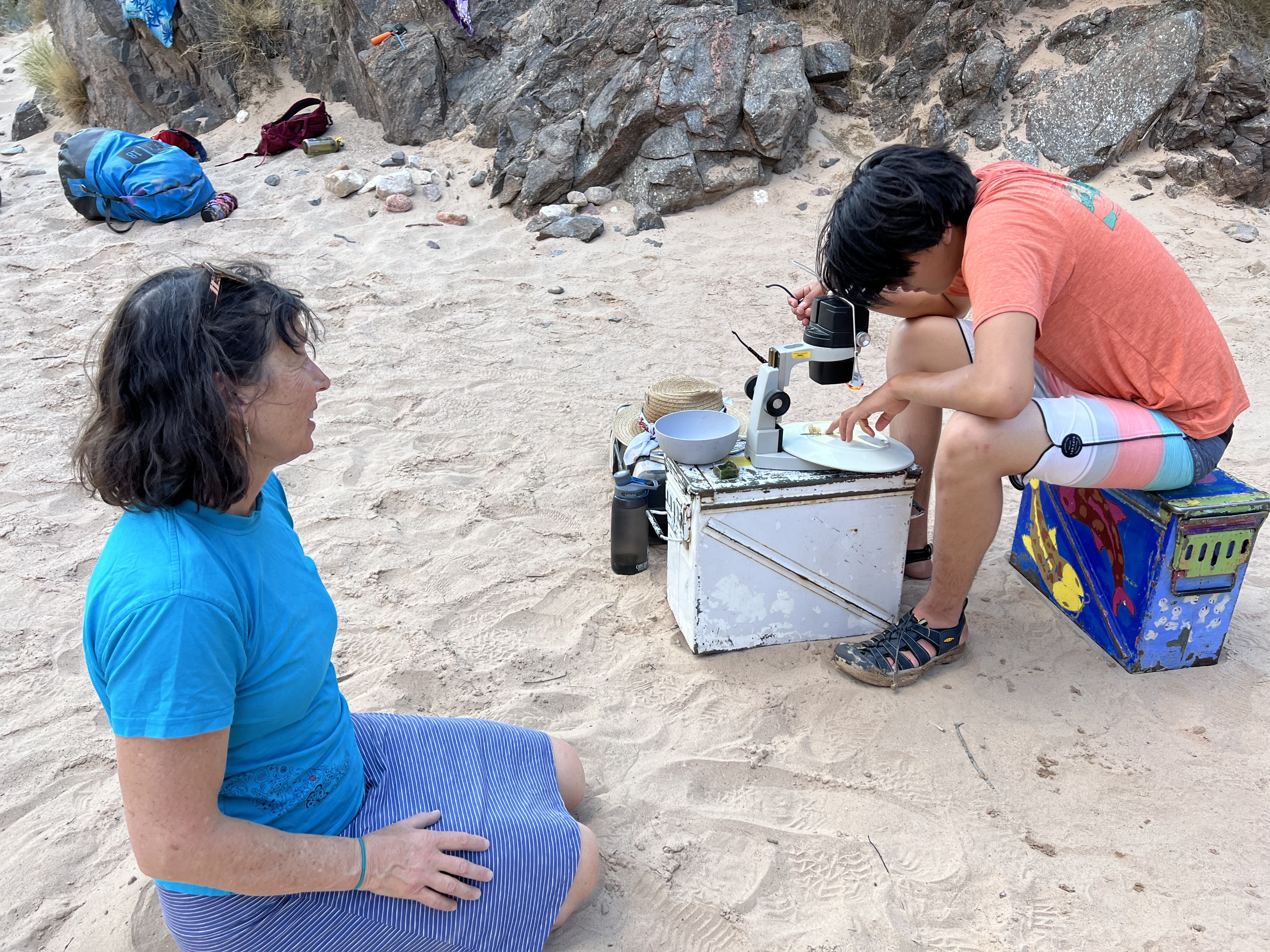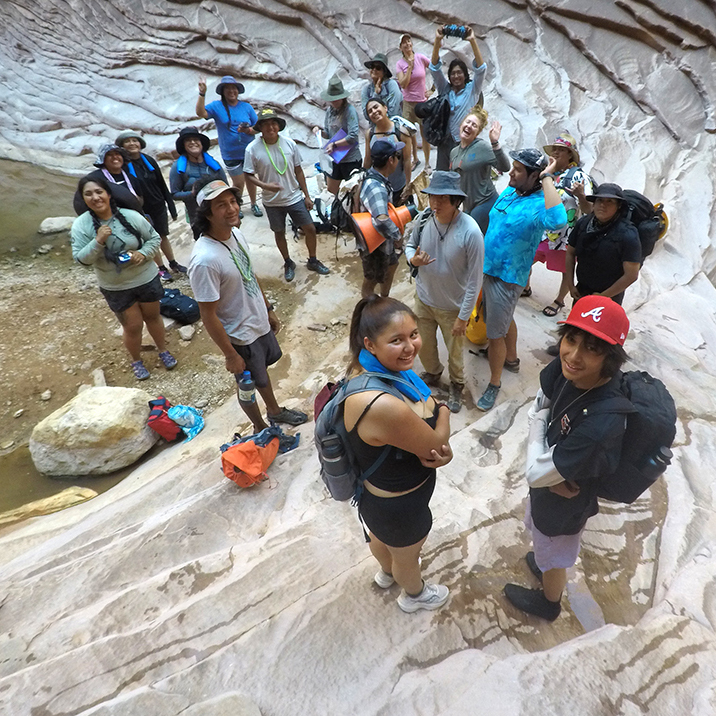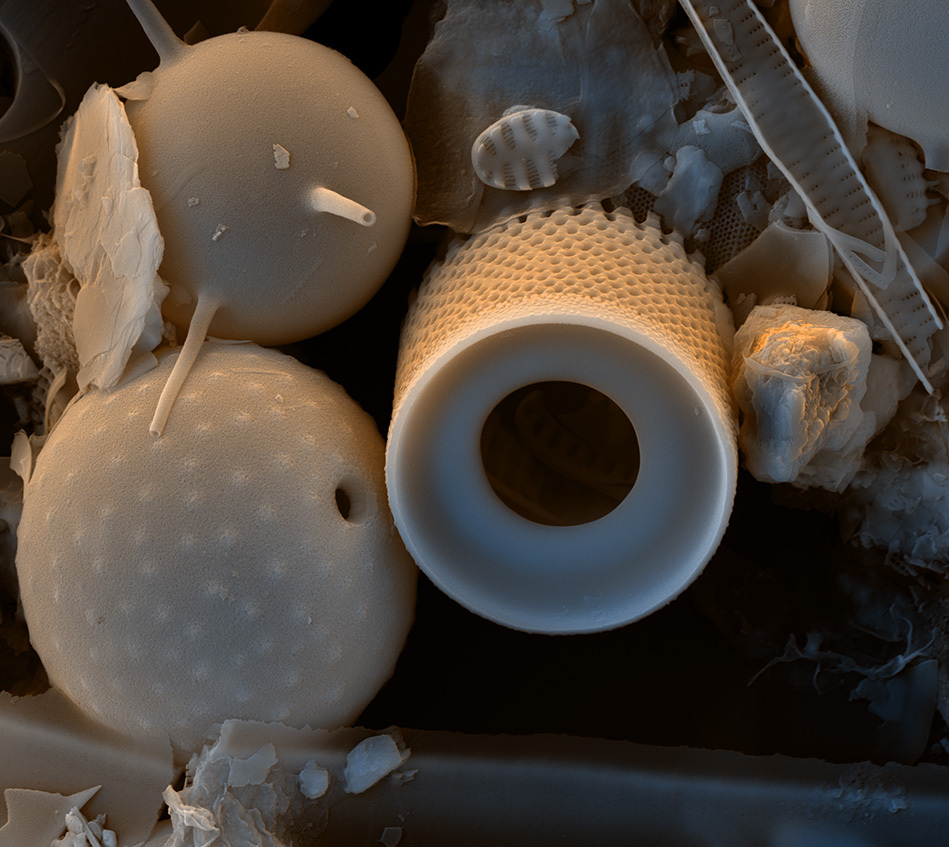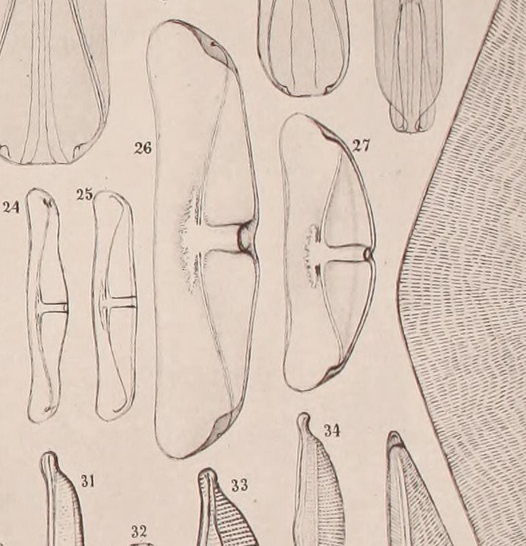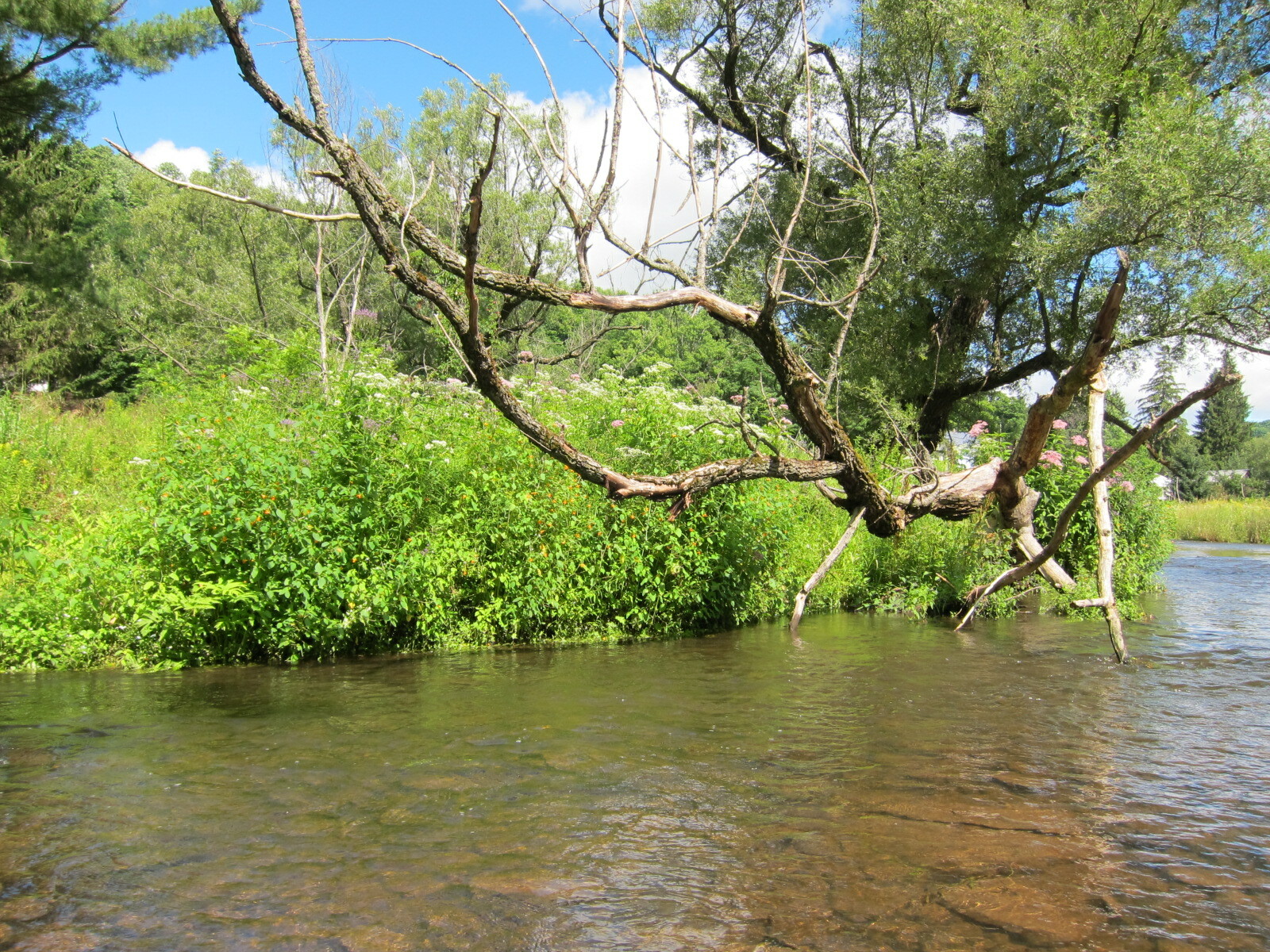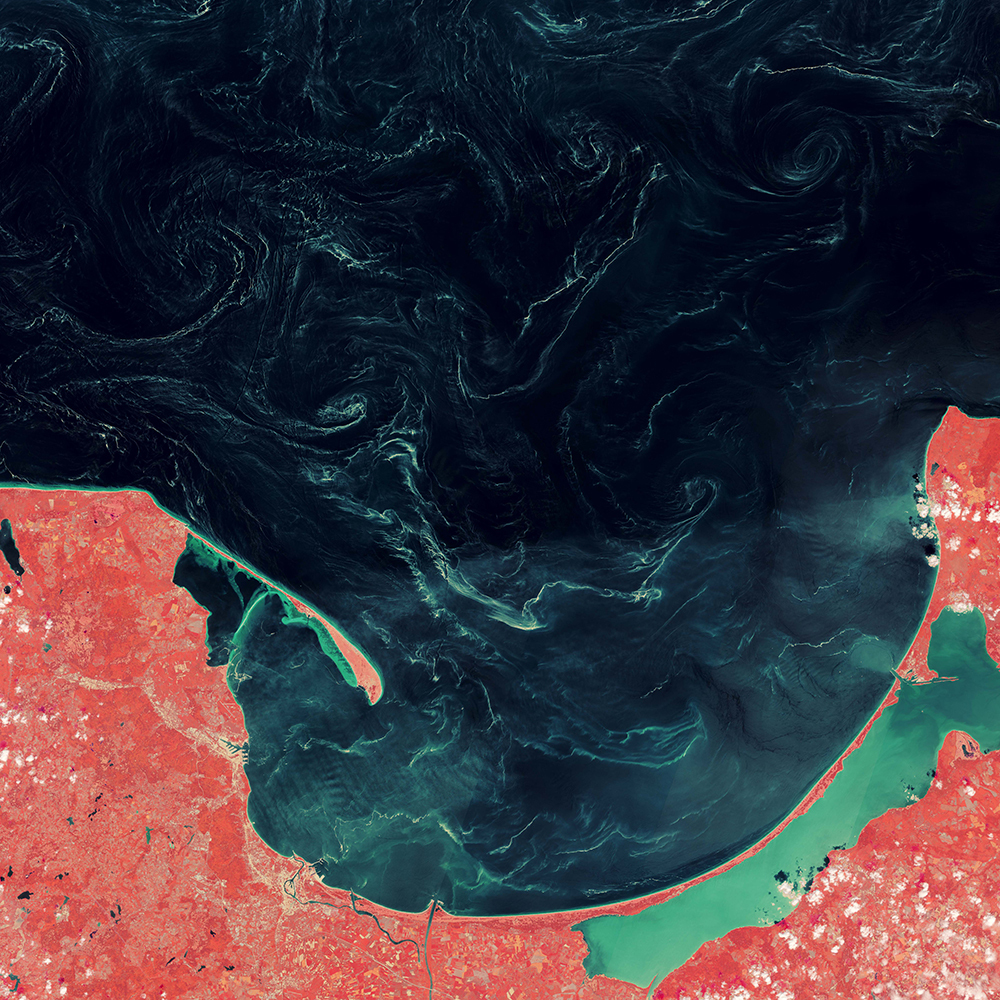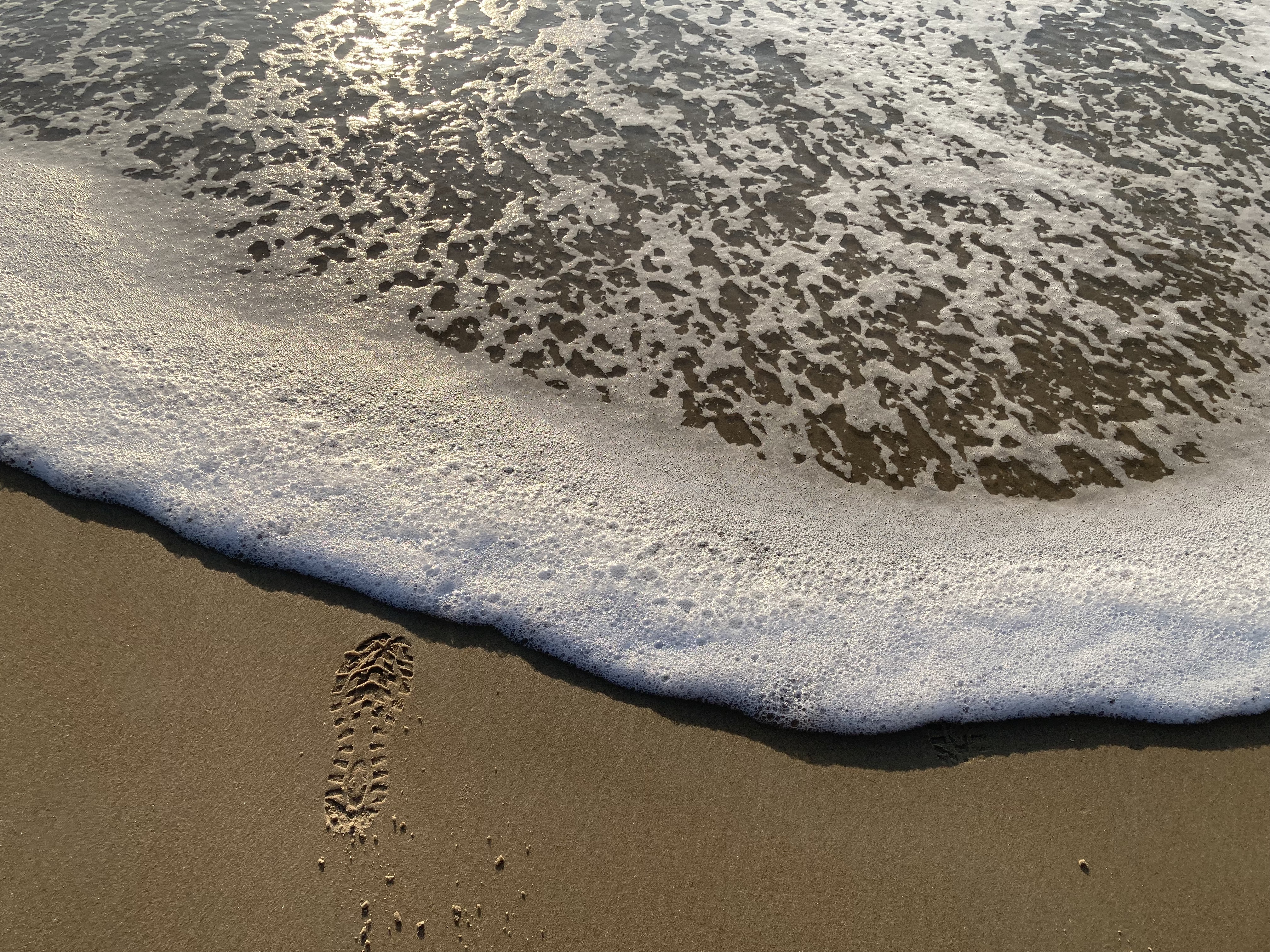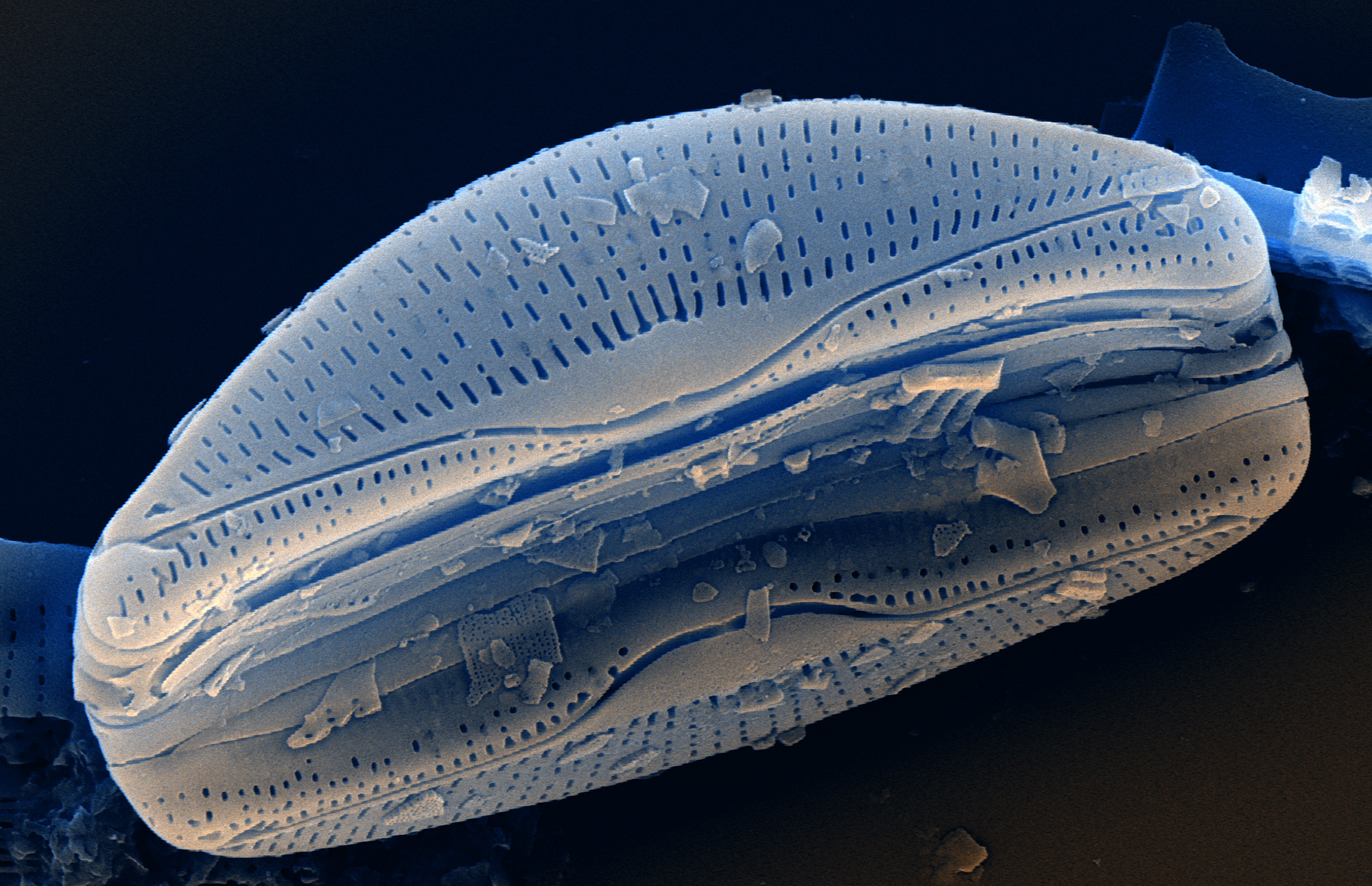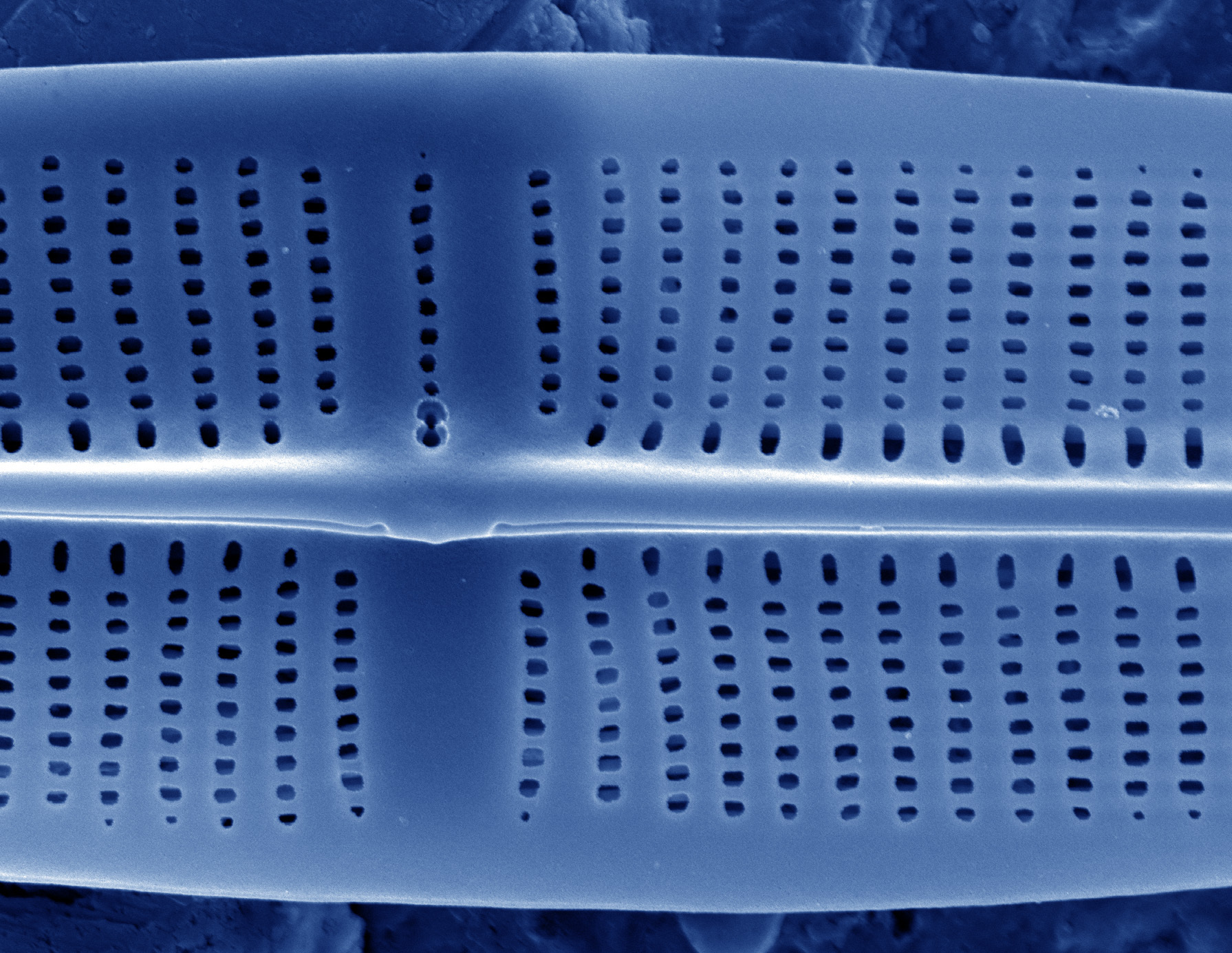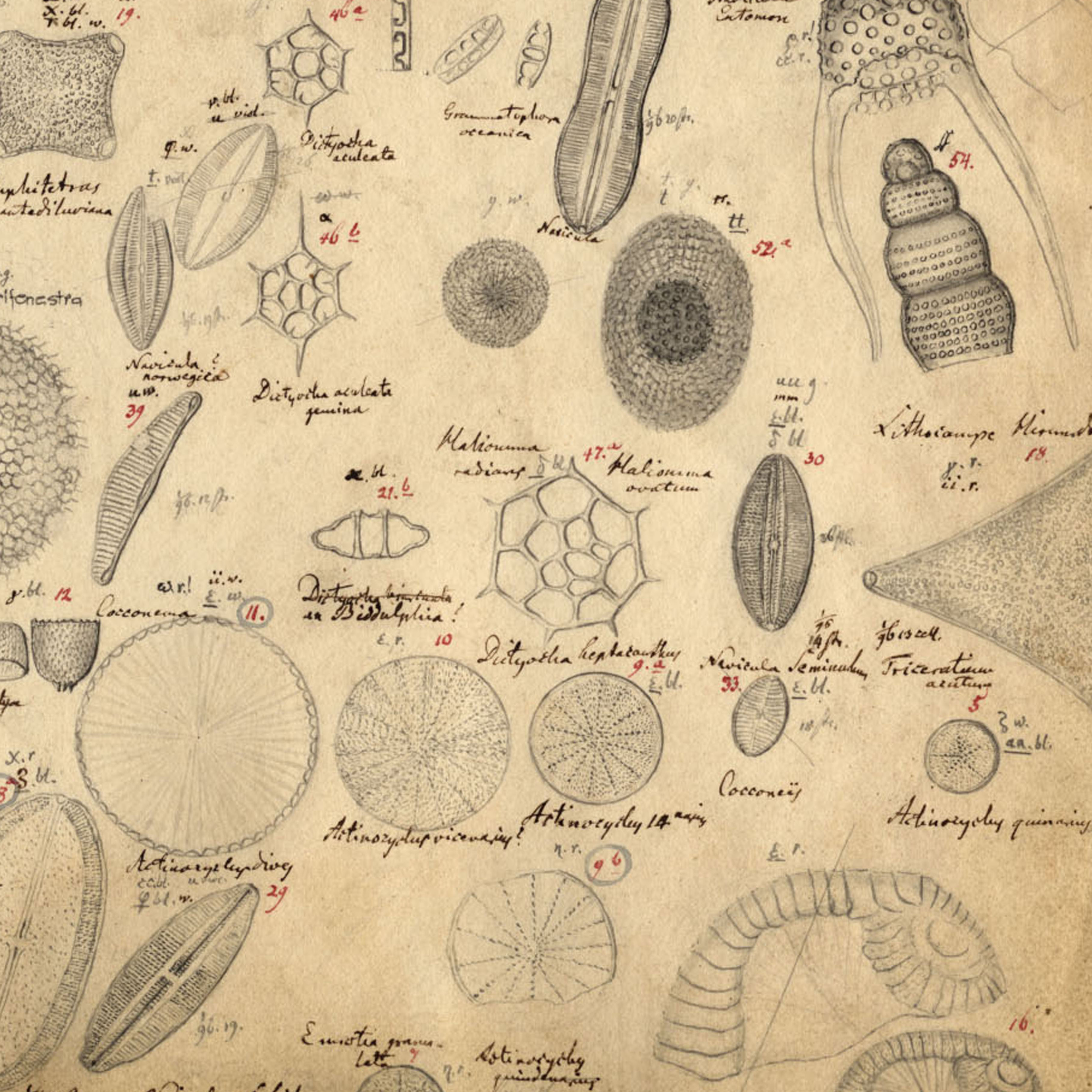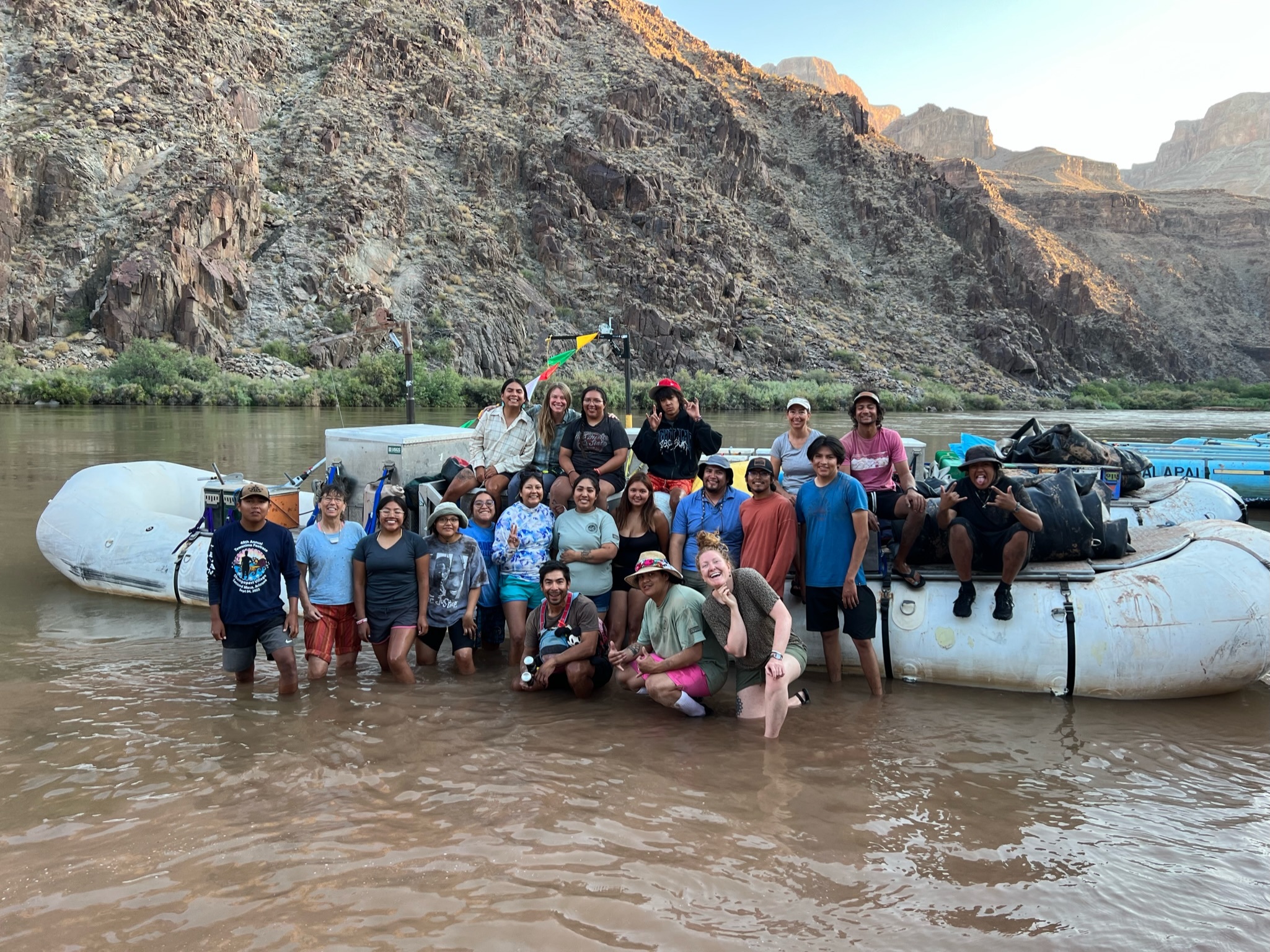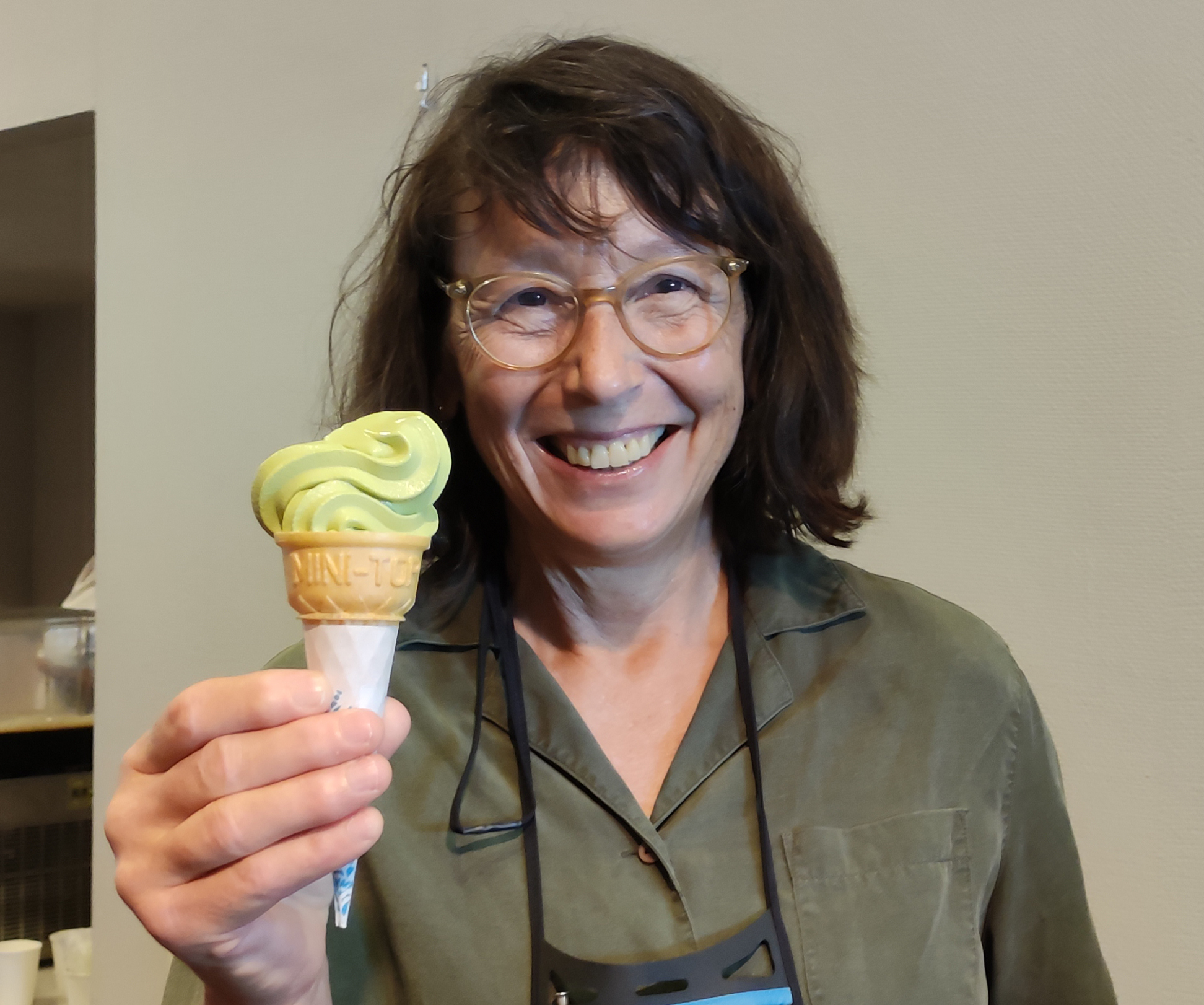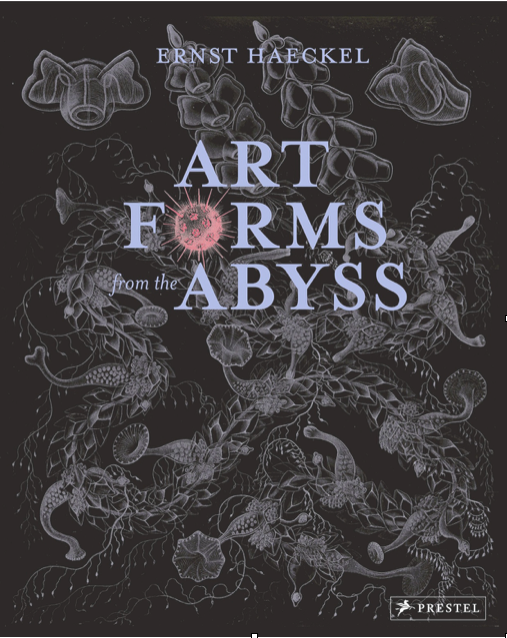Continuing in fall of 2023...
Would you like to be part of Diatom Web Academy? We welcome participation by diatomists at every level. Being a host of Diatom Web Academy is a great way to meet new colleagues and energize your science. Please contact us to join the team.
Sessions are recorded and can be accessed for later viewing. You are invited to join us, wherever you may be, from anywhere around the world. Our zoom link:
https://umn.zoom.us/j/98329532220?pwd=K2RCMkd0Vk9JbWl3MFlyazcyaHdEZz09
UPCOMING
Tuesday November 7
10 - 11 AM (mountain time, US and Canada)
18:00 Central European Time
Euan Reavie, Natural Resources Research Institute (NRRI), University of Minnesota Duluth
The loss of diatoms in the world's largest freshwater resource. Who is replacing them, and should we care?
Description: While
diatoms remain the most abundant primary producer in the pelagic
Laurentian Great Lakes, long-term time series data indicate that other
algae, such as flagellates, are gradually taking their place. Drivers
appear to be related to climate, invasive species, and nutrients. The
prevailing trend toward cyanobacterial blooms in shallower waters is
also concerning, but it is clear through clique analysis that these
cyanobacteria are not alone -- diatoms and other algae are there, too!
Do they play some partnering role? Maybe you know.
Audience: This talk is directed at ecologists and generalists interested in understanding how lakes are changing over time, and the importance of those changes.
Tuesday November 21
10 - 11 AM (mountain time, US and Canada)
18:00 Central European Time
Sunlin Hu
Improved techniques for SEM analysis of diatoms
Tuesday December 5
10 - 11 AM (mountain time, US and Canada)
18:00 Central European Time
Somayyeh Kheiri, Curator of Diatom Herbarium, Research Institute of Forests and Rangelands
The Lut Desert of Iran and its diatoms
Winter Break
Tuesday January 23
10 - 11 AM (mountain time, US and Canada)
18:00 Central European Time
Beth Caisse, US Geological Survey
Diatoms in sea ice: the sediment record
Tuesday January 30
10 - 11 AM (mountain time, US and Canada)
18:00 Central European Time
Rosa Trobajo, IRTA, Sant Carles de la Ràpita
Una presentación sobre diatomeas (en español)
Tuesday February 13, 2024
10 - 11 AM (mountain time, US and Canada)
18:00 Central European Time
Rosalina Stancheva Christova, George Mason University
Cocconeis and its mysteries
Tuesday February 27, 2024
10 - 11 AM (mountain time, US and Canada)
18:00 Central European Time
Luke Brokensha, Institute for Marine and Antarctic Studies, University of Tasmania
Long-term records of Southern Ocean diatoms
Tuesday March 12, 2024
10 - 11 AM (mountain time, US and Canada)
18:00 Central European Time
Viviana Mazzei, US Geological Survey
Algal dynamics of Lake Okochobee, Florida
Tuesday April 9, 2024
10 - 11 AM (mountain time, US and Canada)
18:00 Central European Time
Kait Reinl, Lake Superior National Estuarine Research Reserve
TBA
________________________________________
ARCHIVE
Nate Smucker
Using diatom DNA metabarcoding for stream monitoring and indicator development
John Smol
From tundra ponds to the "Northern Great Lakes": Climate-driven regime shifts in Arctic ecosystems
Ruchi Battacharya, University of Waterloo
Big data in limnology
Veronica Hamilton, Ball State University
Voucher diatom flora from fens in the Tanana River floodplain, Alaska
Rosa Trabajo, President, International Society for Diatom Research
Early Career Research Grants
Sarah Spaulding, INSTAAR, University of Colorado
A peek at the diatoms.org upgrade
Jasmine Saros, University of Maine
Deciphering climate-lake linkages by coupling diatom ecology with lake sediment records
Karolina Bryłka, Lund University
Uncertainties surrounding the oldest fossil record of diatoms
Regine Jahn, Botanischer Garten und Botanisches Museum Berlin-Dahlem
How to name diatoms from taxonomic studies - integrating type information, morphology, and sequence data
Daniel Conley, Lund University
Perspectives on the emergence of diatoms and their impact on the global biogeochemical cycle of silica
Sylvia Lee, US Environmental Protection Agency
Diatom Certification Level 2 Species Exam
David Harwood, University of Nebraska
The great grandmother diatoms
Marco Cantonati, University of Bologna, Italy
Spring habitats as living repositories of biodiversity
Bart van de Vijver, Meise Botanic Garden & University of Antwerp, Belgium
The detective in the museum
 Diatoms of North America
Diatoms of North America